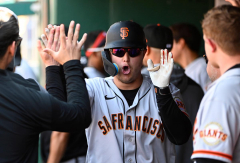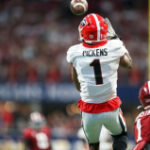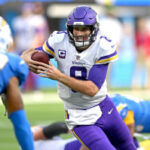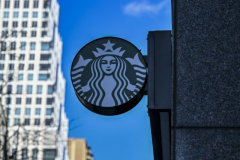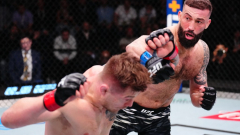The new normal in San Francisco may be winning games, lots of them, after last season’s sterling 107-win performance.
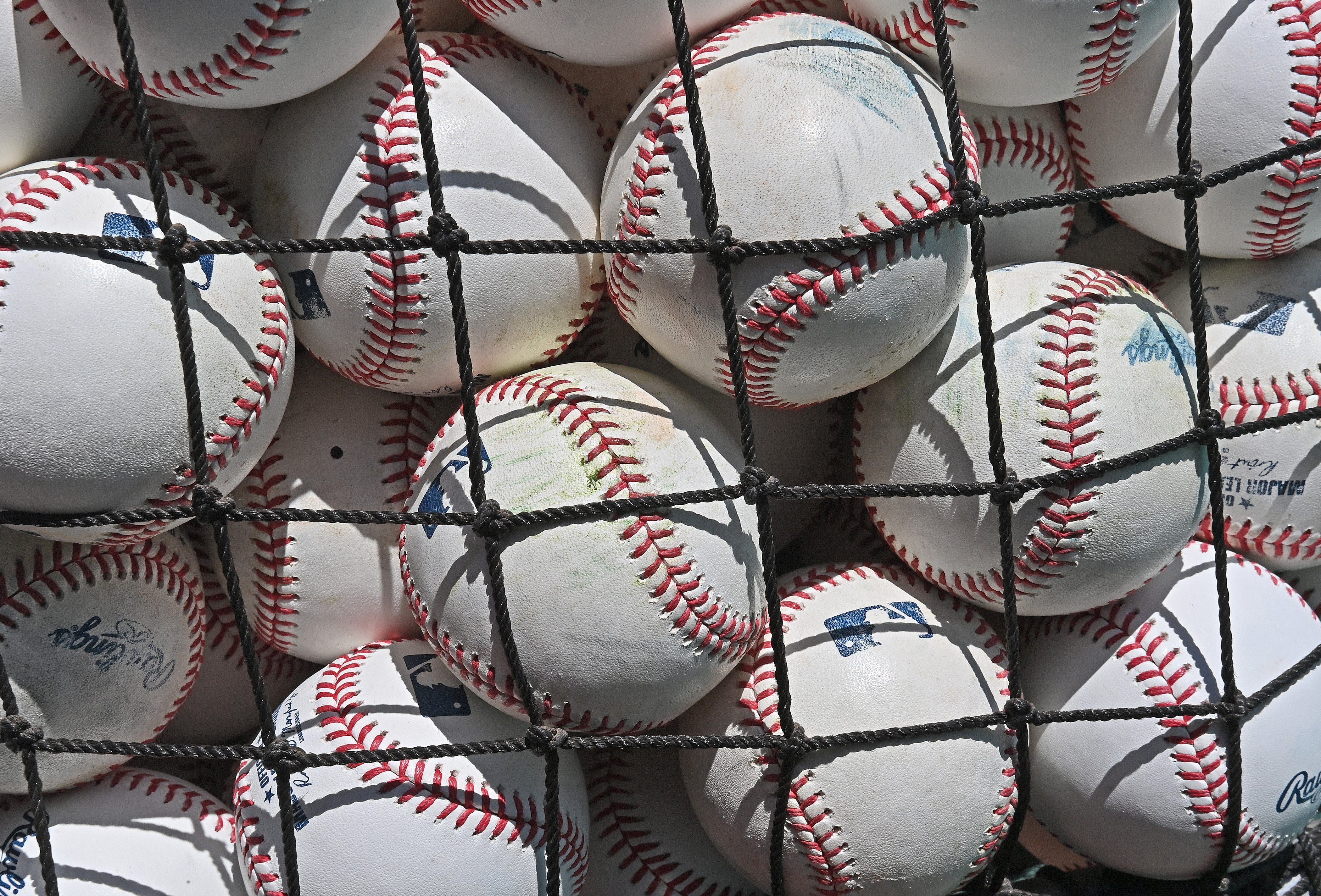
One hundred and seven wins can do a lot for a ballclub.
For one, it all but guarantees entry to Major League Baseball’s postseason.
For the San Francisco Giants, who startled the baseball world with a franchise-best 2021 season that wrested the National League West from the star-studded Los Angeles Dodgers, it also built a foundation of trust and conviction, a nearly blind allegiance to even the most radical ideas passed down from an emboldened front office.
And in a clubhouse where tomorrow’s at-bats are not guaranteed but victory almost certainly is, 107 wins means even the most seasoned players now know what’s possible.
Through two weeks, the 2022 season reveals a new beginning but also a continuation – that an 11-5 record produced by a rotating cast of contributors feels a good bit like last season and, perhaps, like the new normal in San Francisco.
“We knew were good before the season started,” veteran first baseman Brandon Belt says of the 2021 campaign. “I don’t know who predicted 107 wins – we’d never done that before. I’m not saying we’re going to win that many again, but we’re going to win a lot of baseball games.
“And I think this goes to show you that it wasn’t a fluke. We’ve got a good team, and we’re here to stay.”
One of the greatest pennant races ever – and the very first postseason meeting between the Giants and Dodgers – ended not with one team atop the heap but rather the protagonists looking an awful lot like the end of a Rocky flick, two bloodied fighters holding on for dear life. The Giants won the West on the final day of the season, 107 wins to 106, forcing the Dodgers into the wild-card game, which they won to set up a five-game NL Division Series.
It was the ultimate Pyrrhic victory – L.A. won Game 5 only with ace Max Scherzer closing the ninth inning, aided in part by a questionable called third strike on Wilmer Flores. The outing also rendered Scherzer unavailable for the NL Championship Series, no small reason why the Atlanta Braves are now showing off championship rings with 755 diamonds.
Now, though very early, it’s looking an awful lot like a rerun: The Dodgers are a half-step ahead of the Giants at 11-4 one week away from the teams’ first meeting of the season.
How both got here – and how they stayed – is a good indication of how much influence one executive can have switching places, and how each team is best served to stay at the top.
‘It’s 25 through 40’
Farhan Zaidi’s move from L.A. to San Francisco was greatly anticipated in baseball circles. His reputation bloomed as Billy Beane’s third-in-command in Oakland, before Dodgers president of baseball operations Andrew Friedman hired him as his GM in L.A. Friedman-Zaidi built a monster, the big-bucks dream of sustainability so many arbitrage-seeking executives fantasize about. Their eight-year run of division titles was ended only by Zaidi himself, after he left L.A. in 2019 to lead the Giants’ front office.
In less than three seasons, Dodgers North suddenly was as formidable as the original.
“I’ve been a Farhan believer since my time in L.A. with him,” says Giants starter Alex Wood, who signed up for three more years with the Giants after the club’s pitching brain trust helped him to a career year in 2021. “A lot of the core beliefs, he’s brought over to San Francisco. The biggest difference is, he runs the show now. He can sprinkle his personality and his beliefs into how he wants to compose a roster and a staff and a team in general.
“Friedman used to say, Farhan’s best thing isn’t putting a 25-man roster together. It’s putting together 25 through 40. Back-end roster guys that can step in and become LaMonte Wade, or Max Muncy in L.A.”
It was Zaidi who unearthed Muncy and Chris Taylor for the Dodgers, and both remain integral parts of the machine. Friedman and Zaidi also built out the finest player development apparatus in the majors and pulled off a Houdini-like trick of building a top-five farm system despite drafting near the back of the pack every year.
Yet a funny thing has happened since Zaidi left for his native Bay Area: The Dodgers keep burning trade capital and nine-figure salaries on superstars. And Zaidi keeps unearthing gems.
From Mookie Betts (12 years, $365 million) to Trevor Bauer (three years, $102 million) to Freddie Freeman (six years, $162 million), to the trade for Scherzer and Trea Turner, the Dodgers have admirably flexed their spending might to pair with their developmental powerhouse.
Meanwhile, Zaidi turned Wade into “Late Night LaMonte,” a situational ninth-inning hero. Wilmer Flores and Darin Ruf and Mike Yastrzemski were merely platoon monsters awaiting a perfect situation. A whole pitching rotation worth of arms was burnished.
And this winter, we finally saw what Zaidi might do with San Francisco’s not-insignificant resources.
There was no re-signing of Kevin Gausman, who struck out 227 batters last season and received $110 million from Toronto. Kris Bryant, whose multi-position versatility and affable nature made him a perfect trade deadline fit, wandered to the Rockies on a $182 million deal. Lefty Robbie Ray, a quintet of franchise shortstops, a true closer all waiting to be had on the market?
Nah – not even after franchise icon Buster Posey announced his retirement.
Instead, Zaidi took Gausman’s money plus a little bit more – $154.35 million, to be exact – and spread it among eight players, including one short-term splurge and nearly an entire pitching rotation.
Lefty Carlos Rodon was the big ticket, getting $42 million for two years. Wood (two years, $25 million) and Anthony DeSclafani (three years, $36 million) were retained in the rotation, with another

